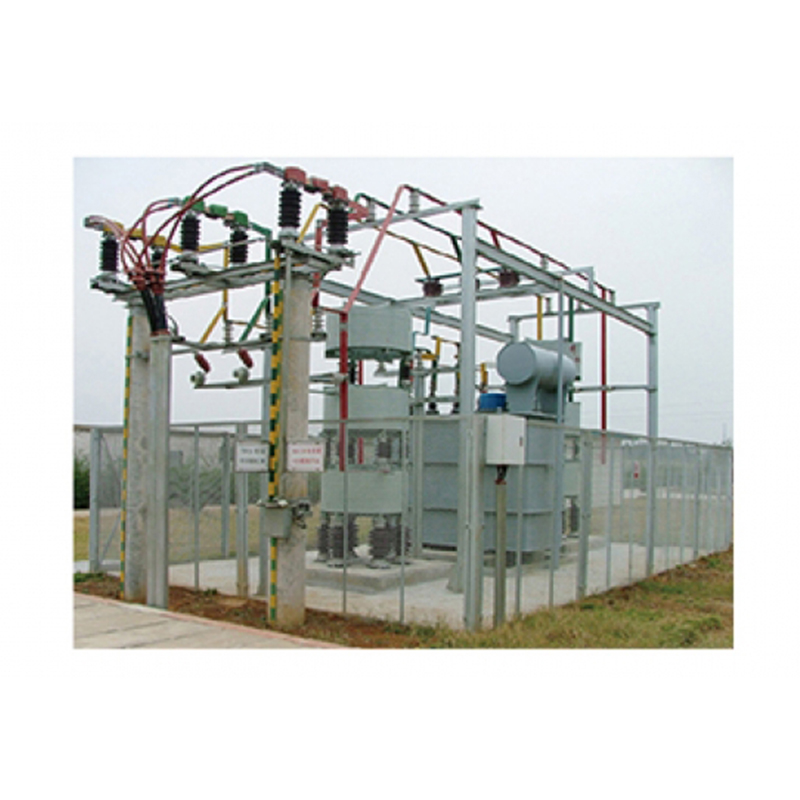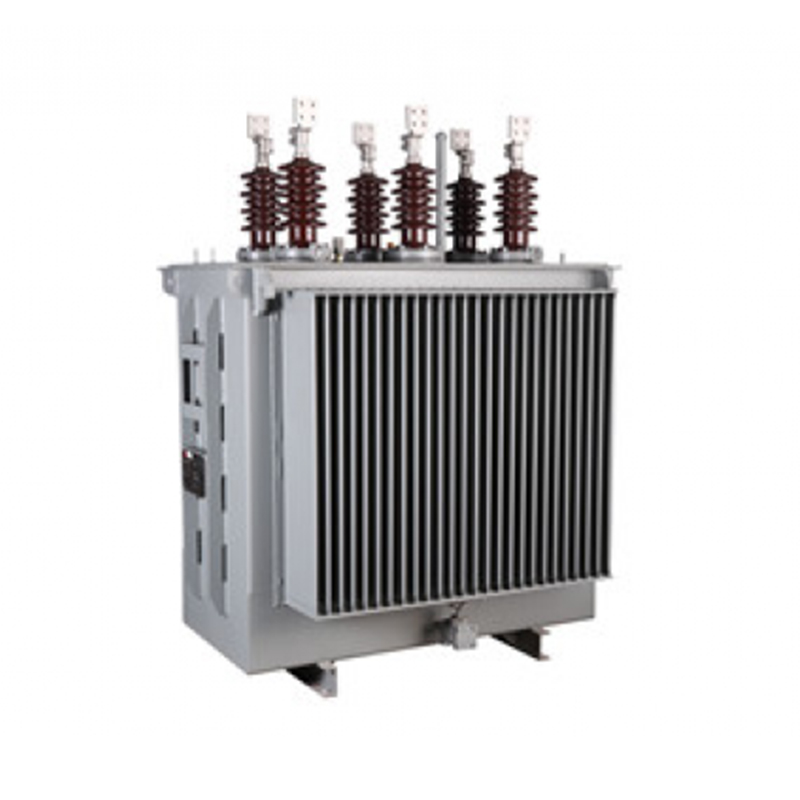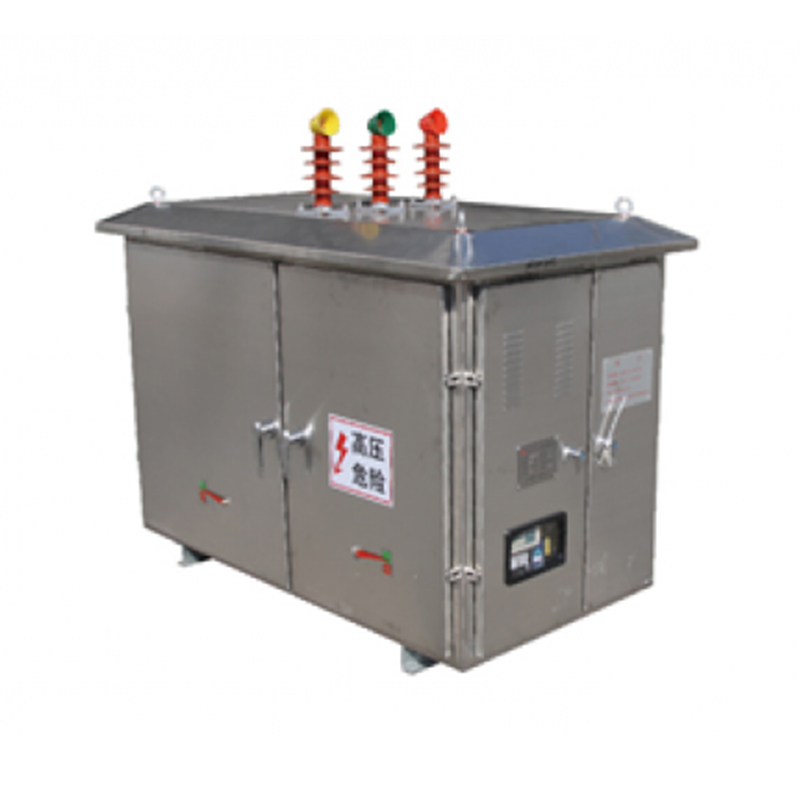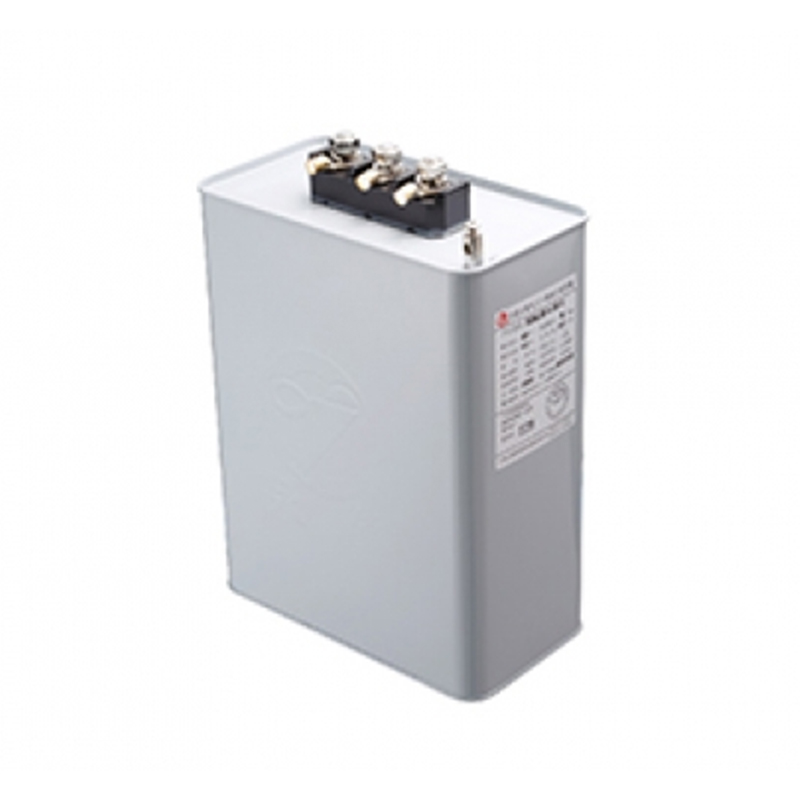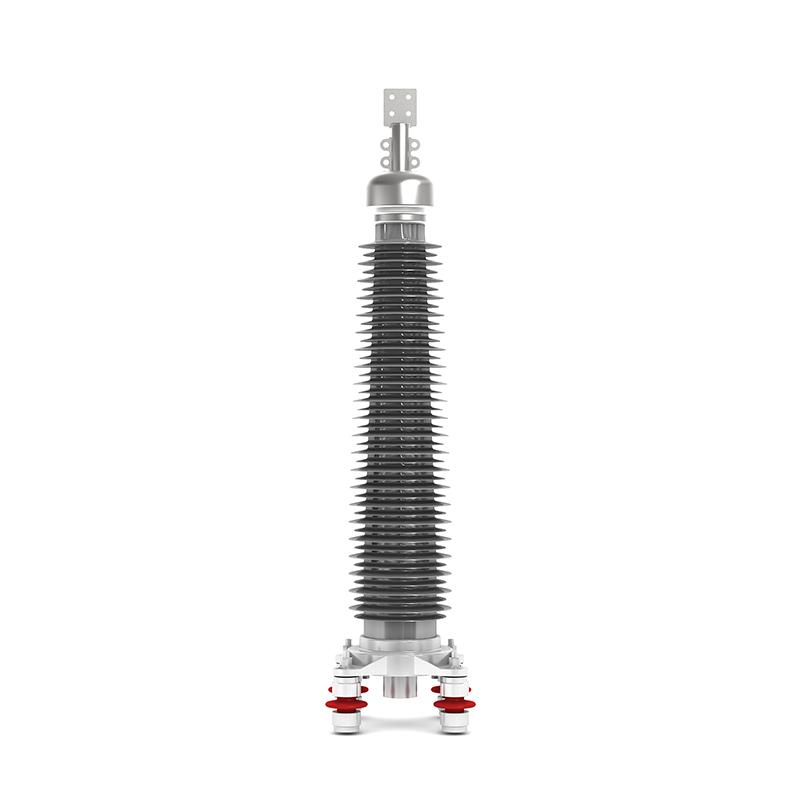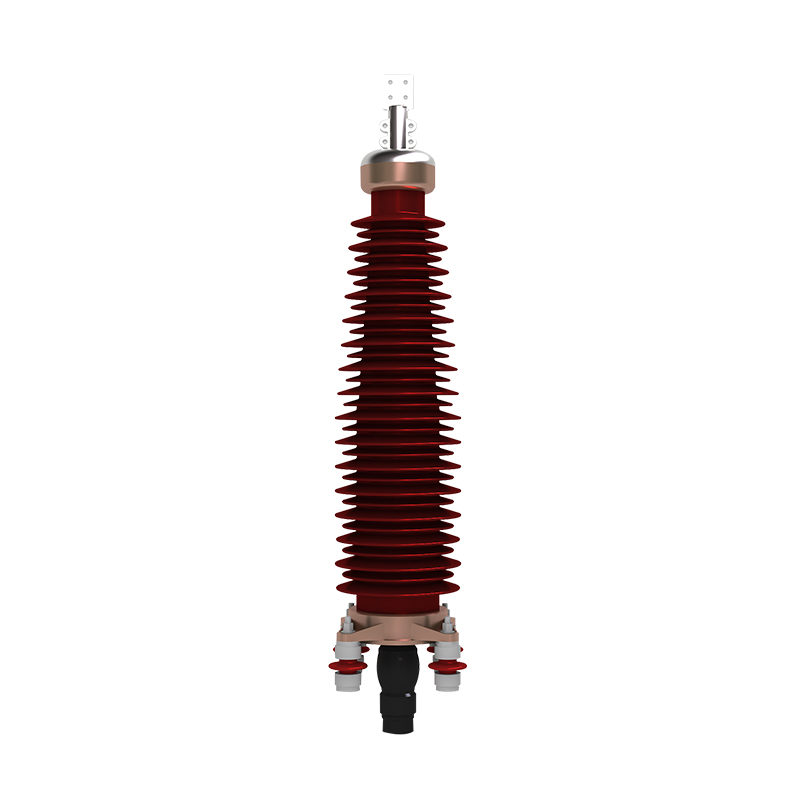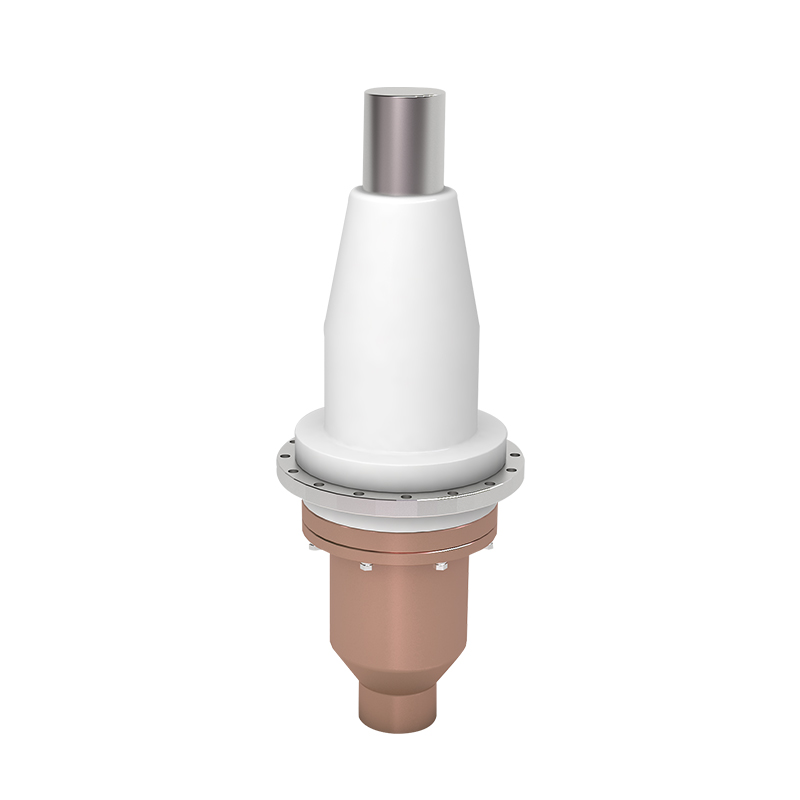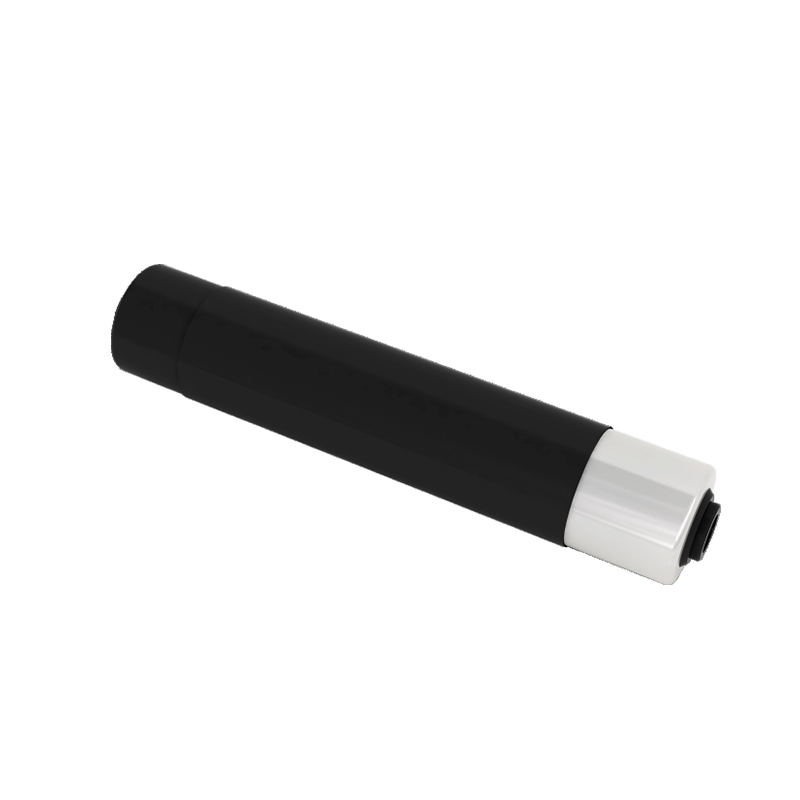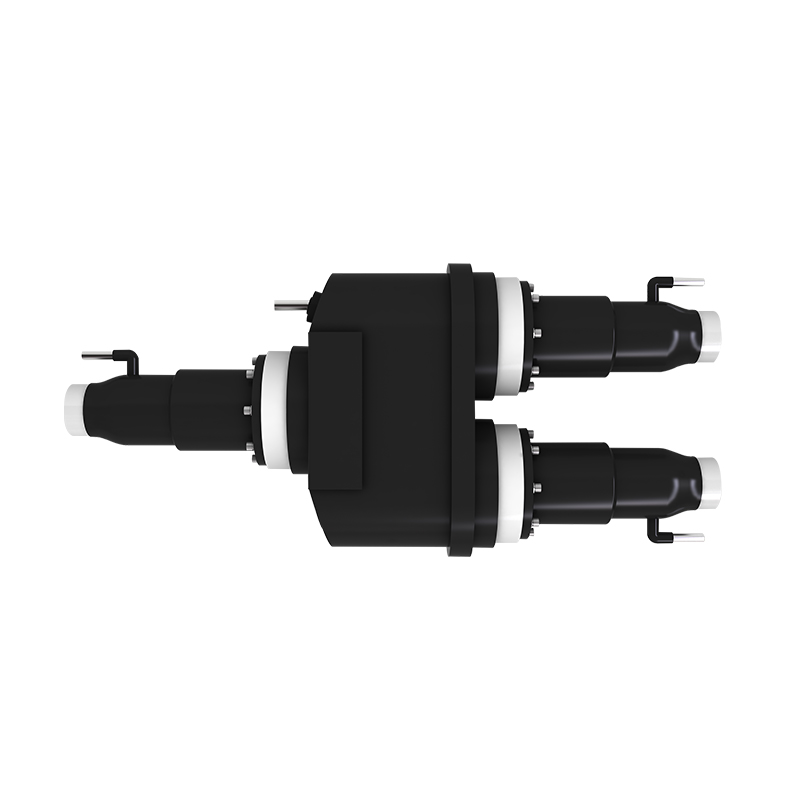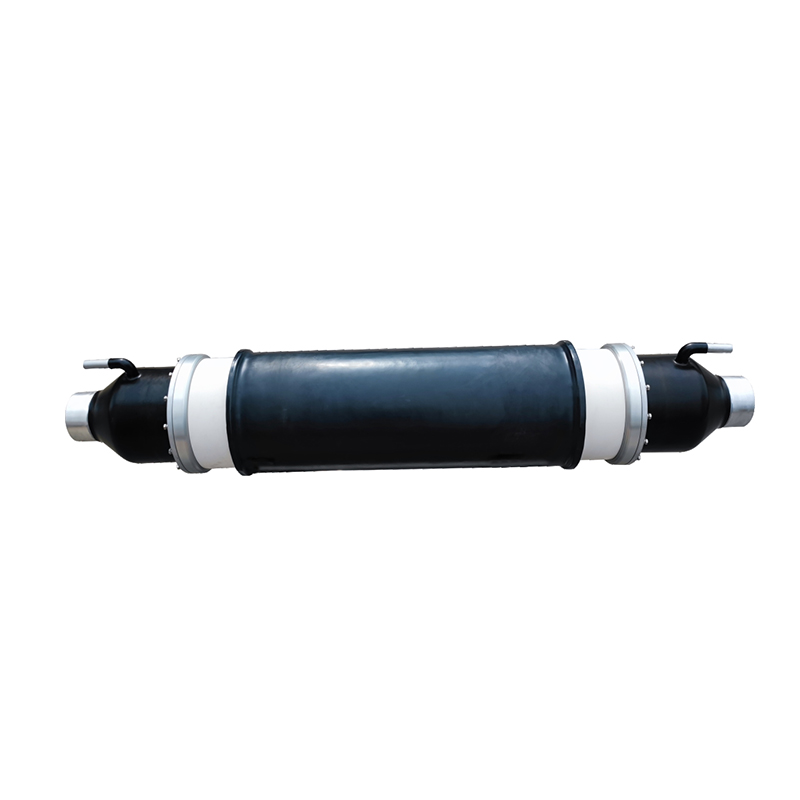Compatibility of High Voltage Capacitor Unit with Various Circuit Topologies
Introduction to Circuit Compatibility
High Voltage Capacitor Units are widely used in power electronics, industrial systems, and energy storage applications. Their ability to function reliably depends not only on their inherent electrical characteristics but also on how well they integrate into different circuit topologies. Compatibility with various configurations, such as series, parallel, or complex hybrid arrangements, is crucial for ensuring stable operation, efficient energy transfer, and protection of downstream components. Understanding the interaction between capacitor units and circuit design helps engineers optimize performance and prevent operational issues.
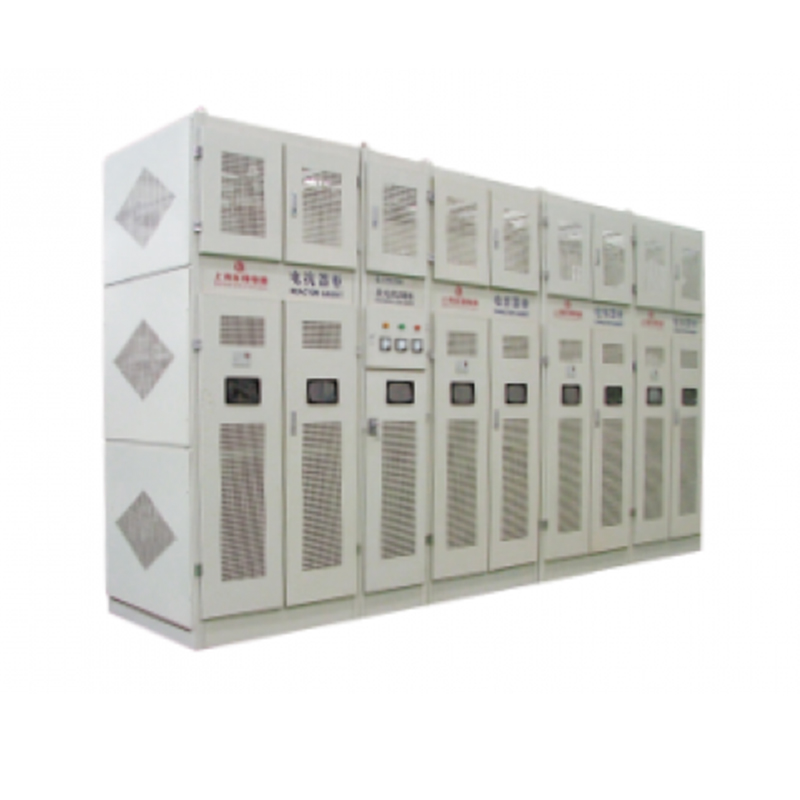
Series Circuit Integration
In series configurations, multiple High Voltage Capacitor Units are connected end-to-end to achieve higher voltage ratings. Each capacitor must share voltage evenly to prevent overstressing individual units. Differences in capacitance, leakage current, or insulation characteristics can cause unequal voltage distribution, potentially causing premature failure. Proper design, selection, and balancing techniques, such as the use of resistive voltage dividers, enhance compatibility in series arrangements and ensure reliable operation under varying load conditions.
Parallel Circuit Integration
When capacitors are connected in parallel, their total capacitance increases while the voltage rating remains the same as a single unit. High Voltage Capacitor Units must handle the combined current without excessive heating or voltage fluctuation. Parasitic inductances and resistances in parallel connections can affect transient response and energy distribution. Engineers consider these factors to maintain stable performance, particularly in high-frequency or pulsed applications, where rapid charging and discharging occur.
Hybrid and Complex Topologies
In advanced power systems, capacitor units are often incorporated into hybrid or complex topologies, such as filter networks, pulse-forming circuits, or inverter systems. Compatibility in these designs depends on the capacitor's response to dynamic voltage and current changes. High Voltage Capacitor Units must tolerate transient overvoltages, oscillations, and phase differences without degrading performance. Material selection, dielectric properties, and precise specification of rated voltage and capacitance are critical to ensuring seamless integration.
Impact on System Stability and Performance
Incompatible capacitor units can introduce voltage imbalances, increased ripple, or unexpected resonances, negatively affecting overall system stability. High Voltage Capacitor Units designed for broad compatibility reduce these risks. Proper integration enhances energy efficiency, reduces stress on other components, and supports long-term reliability. Engineers must evaluate both static and dynamic behavior in the target circuit to ensure the unit meets operational demands.
Design Considerations for Compatibility
Several factors influence the successful integration of High Voltage Capacitor Units into diverse circuit topologies. Key considerations include voltage rating, capacitance tolerance, equivalent series resistance (ESR), and thermal management. The physical layout and connection method also play a role in preventing uneven voltage or current distribution. By carefully analyzing these parameters, designers can select capacitors that maintain performance across a wide range of circuit designs.
High Voltage Capacitor Units can be compatible with various circuit topologies when designed and selected appropriately. Understanding series, parallel, and complex arrangements, as well as the impact of capacitance, voltage rating, and ESR, is essential for suitable integration. Proper design and consideration of electrical and thermal characteristics ensure stable operation, enhanced efficiency, and long-term reliability. By evaluating both the unit and the circuit environment, engineers can achieve seamless compatibility, preventing failures and improving system performance.
Recommended Products
The variety of models, to meet the development needs of various regions in the world.
-
Add: No. 508, Dongye Road, Dongjing Town, Songjiang District, Shanghai
-
Tel: +86-13757652508
-
E-mail: [email protected]
 English
English 中文简体
中文简体 русский
русский Español
Español عربى
عربى